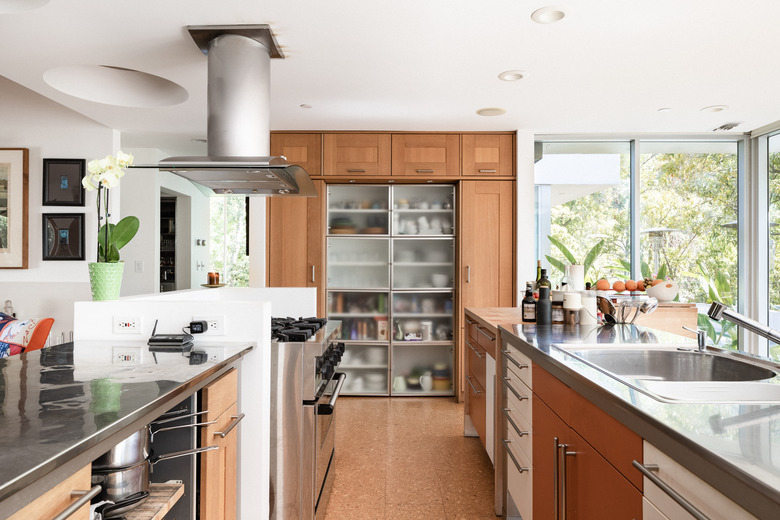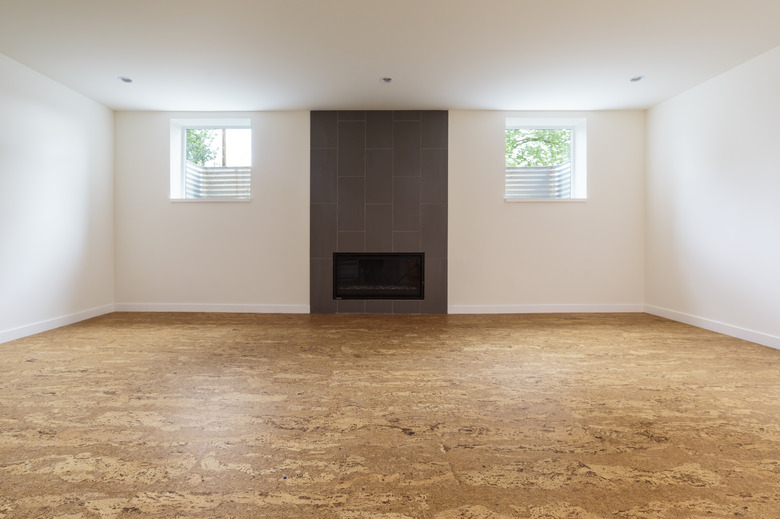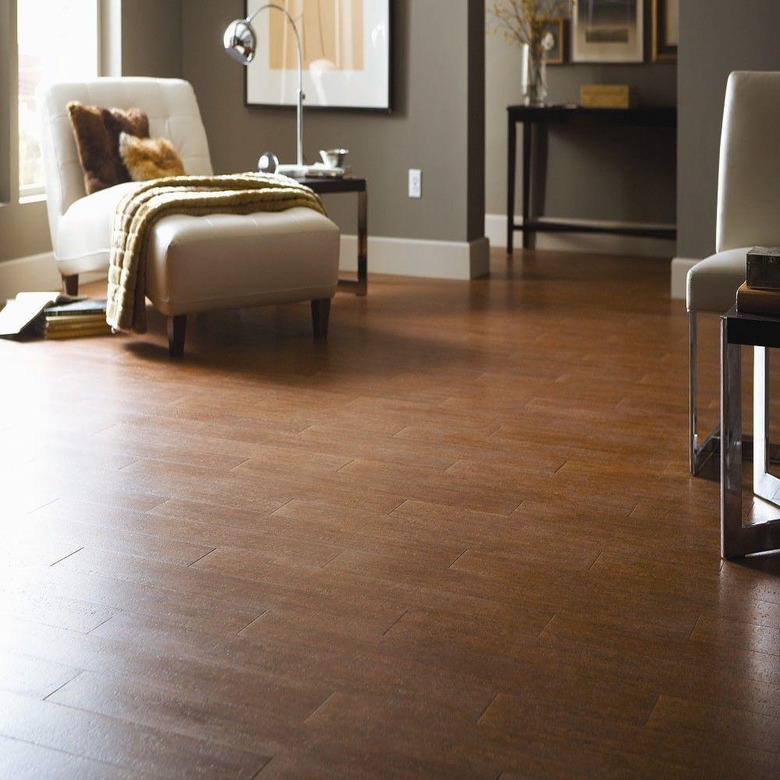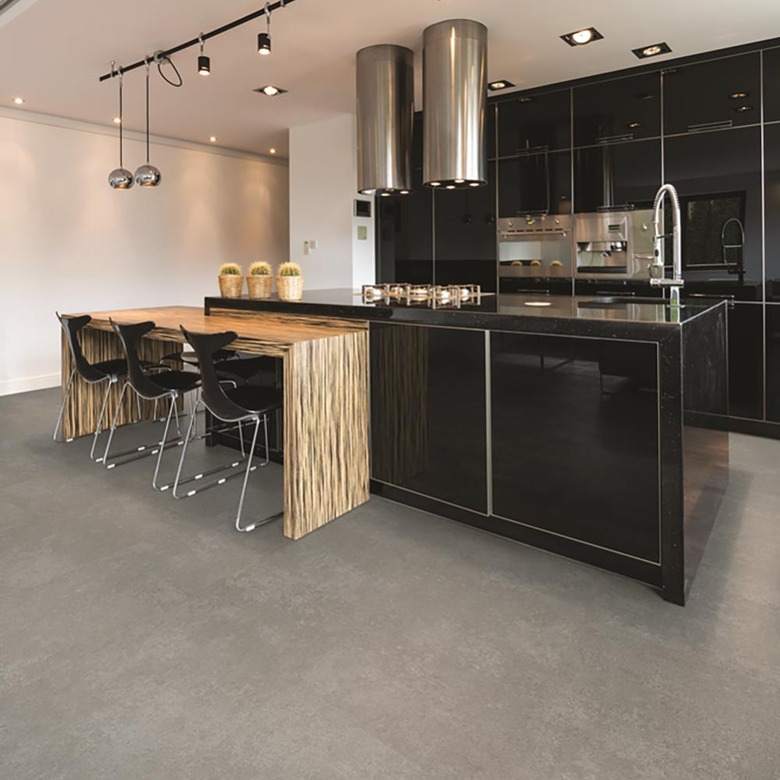Cork Floating Floors: What You Need To Know
When it comes to style, durability, and comfort, natural cork flooring is a versatile option that is popular among homeowners seeking a unique, eco-friendly alternative to more traditional materials like carpeting or hardwood. Cork flooring offers many of the same benefits that are typically associated with thick-pile carpeting combined with the low-maintenance, high-design characteristics of hardwood flooring.
There's a whole new crop of floating floor options that make it easier than ever to incorporate cork in your home design. Floating floors are also simpler to DIY, so they can be easily installed by most homeowners, as long as basic precautions are followed.
What Is Cork?
Cork is derived from the Quercus suber, more commonly known as a cork oak tree. About 50 percent of the world's cork originates in Portugal, where the temperate Mediterranean climate and fertile soil conditions make it the perfect environment for cork oak trees to flourish.
Strips of cork are harvested by peeling away just the outer layers of the bark, which does not damage the tree and allows the cork to replenish itself, making it a naturally sustainable, green alternative to other flooring materials.
Cork Flooring Options
Many DIYers opt for cork planks, which use a tongue-and-groove design similar to hardwood flooring and create a floating floor that sits atop the subfloor without the need for glue. Cork floor planks are a composite that includes a prefinished sealed layer on top, pressed fiberboard in the middle, and a built-in underlayment layer on the bottom, making installation a breeze. Unlike cork tiles, cork floating floors can be laid atop a moisture barrier for use in rooms where dampness could be an issue, such as a basement.
Pros of Cork Flooring
On the plus side, the honeycomb cellular structure of cork means millions of tiny air pockets cushioning you underfoot, creating a bouncy, comfortable, non-slip surface that is great for homes with small children and senior citizens alike. Naturally well insulated, cork floors are even more energy efficient than hardwood, vinyl, or carpeting. Cork provides superior sound absorption and acoustics, making it a perfect choice for playrooms, music rooms, home theaters, or any room where excess noise may occur.
Suberin is a natural substance in cork that adds a waxy coating with anti-microbial properties, making cork naturally resistant to mold and mildew. Cork also repels dust and dirt and doesn't release gases like other flooring materials, making it a great choice for those with allergies, asthma, or other respiratory conditions.
Cork trees aren't damaged by the harvesting process, continually yielding fresh bark every 10 years or so once the tree has fully matured. Because of the cork oak tree's long lifespan — they often live for over 200 years — cork is considered a sustainable, eco-friendly resource.
Cons of Cork Flooring
One of the downsides to working with a natural product like cork is that its rich color can fade over time if exposed to harsh sunlight, so it's important to keep it well sealed with UV-blocking polyurethane. Installing light-filtering shades can also help keep your cork from fading over time.
Like other wood products, cork flooring is durable, but even when it has been pressed and sealed well, heavy furniture can leave dents and dings behind over time. The good news is that if you shift your furniture periodically, surface depressions will usually bounce right back and flatten out again. High-heeled shoes and sharp pet claws can also do damage or leave scratches, another factor to consider before choosing cork for areas where you entertain or if you have pets. Area rugs and runners in high-traffic spots can help minimize this issue.
The versatility of cork can make it a tempting choice, but be aware that it may not work well in certain areas of your home, such as bathrooms and basements. Cork floating floors can be used in damp areas if you install a moisture barrier first and maintain the water-resistant top seal regularly, but for rooms that are subject to heavy water exposure or risk of flooding, you'll want to opt for a more waterproof flooring material.
Installing Cork Flooring
From a DIY perspective, cork floating floors are an attractive option because of how quick and simple it is to install compared to other types of flooring, including solid cork tiles. Installing a cork floating floor requires a bit of planning to ensure best results and long-lasting wear. Like other natural materials, cork expands and contracts with temperature changes, so it's recommended to leave your cork plank materials inside your home for two to three days so that they can become acclimated to the environment in which they'll be installed.
During cork flooring installation, you'll also need to allow a 1/4 to 1/2-inch expansion gap around the perimeter of the room, which will permit the cork flooring to expand and contract without buckling or warping. The expansion gap can be easily disguised by baseboards and decorative molding after installation is complete.
Tongue-and-groove floating floors are installed with the grooved side out, laid down atop the subfloor in courses with staggered seams and tapped into place with a tapping block to avoid damaging the planks. Depending on the width of your flooring, you may need to trim the height of your door jambs and casings for a perfect fit.
Cleaning and Maintenance
While cork is naturally water resistant, it isn't waterproof and must be sealed to protect the surface from stains and damage. Floating floor planks typically come pre-sealed with polyurethane, but some manufacturers recommend adding an additional coat. Floating cork floors that are coated with wax should be resealed every six to 12 months, and those sealed with polyurethane can be resealed every five years or so.
Another advantage of cork is that its microbial properties allow it to repel dust, dirt, and allergens, so a quick sweep or vacuum now and then is all you need to keep them looking like new. When cleaning cork floors, avoid wet mops and chemical cleaners that can seep in and stain. Depending on the thickness of your cork planks, you may also be able to have them lightly sanded and refinished to buff out minor damage.
Cork Floor Style Options
Perhaps the most difficult decision you'll face when opting for a cork floating floor is deciding on the type of planks to purchase. There is a wide variety of styles and designs to fit every taste, from rustic and natural to sleek and modern. Natural cork follows the standard wood color spectrum of beige to brown but also features unique pattern variations based upon the individual tree from which it was harvested.
While some homeowners prefer to go with cork's natural coloring, there are manufacturers that produce cork planks in an array of color stains to suit every decor. Composite cork flooring is also available in digitally printed designs that mimic traditional hardwood flooring and even stone.
The cost of cork floating floors can vary widely, from $5 to $20 per square foot, so if you're interested in giving it a try, there are options available to suit nearly every budget.



